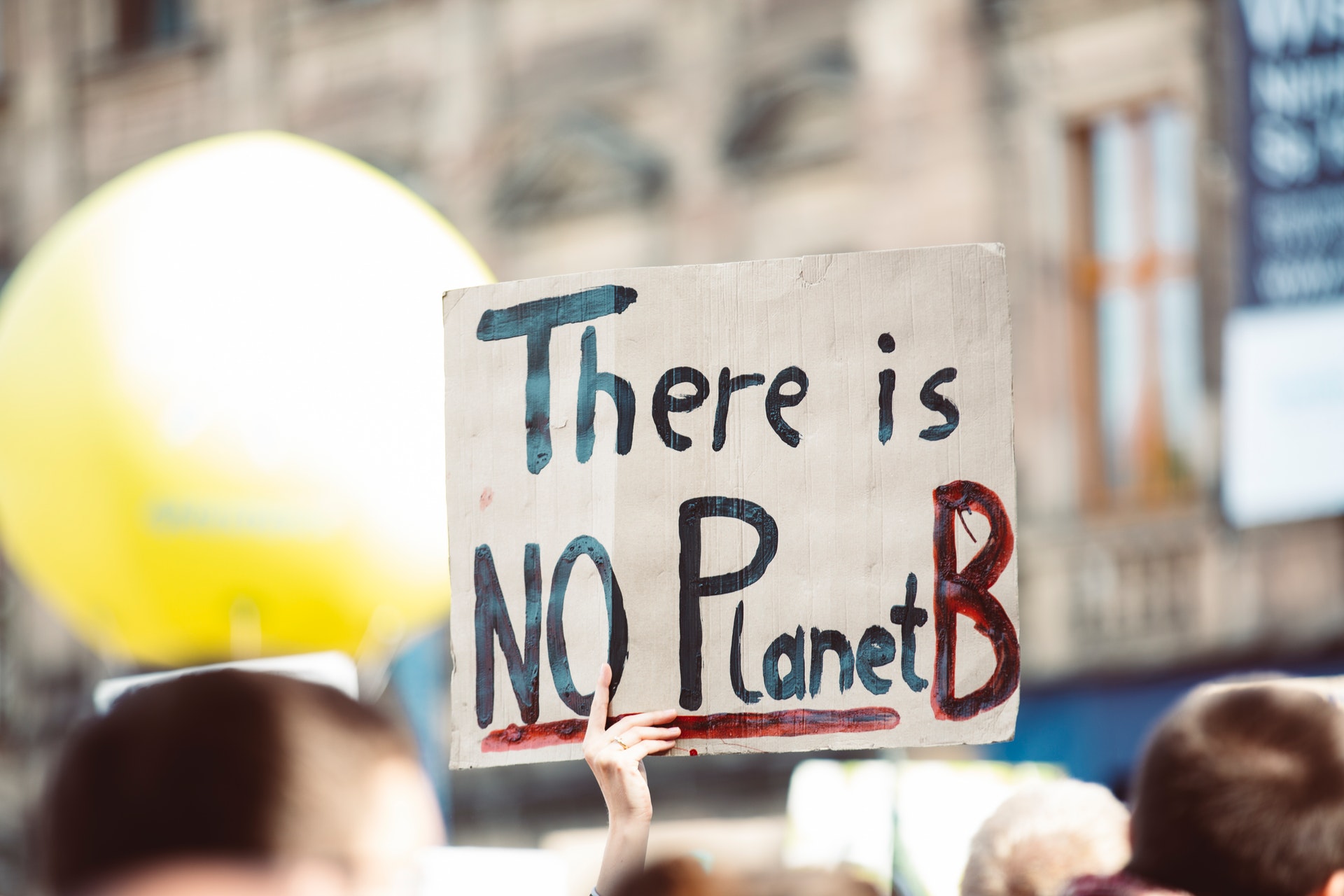
5 Air Quality and Climate Change Facts Everyone Should Know
We are reader-supported. When you buy through links on our site, we may earn affiliate commission.
Many people prefer to take an ostrich approach to climate change. However, it takes everyone’s commitment in making the requisite changes to protect planet earth. Knowledge is power, and educating yourself about the challenges human beings face can inspire you to do your part. Here are five air quality and climate change facts that everyone should know.
1. Air Pollution Kills Far More Than COVID-19
The COVID-19 pandemic caused nearly 6 million deaths worldwide. However, even that number pales besides the staggering number of people who die due to air pollution each year.
A new study reveals that 10 million people die each year as a result of air pollution. Coal, gasoline and diesel fuels contribute to significant airborne particulate matter. The greatest mortality occurs in China, India, Eastern Europe and the United States.
2. People of Color Are More Likely to Live in Areas With Low Air Quality, Putting Them at Health Risk
Unfortunately, climate change is racial equality issue. Many of those living in the areas with the worst air quality are people of color. It’s not a matter of country or region — the disparity cuts across the board, from cities to rural areas.
Pollution is a problem created mainly by the wealthy, but the ravages fall disproportionately on the poor, making climate change a matter of income inequality as well. Studies of Medicaid recipients consistently show an increased risk of premature death from fine particle pollution.
The problem is twofold. Large industrial centers tend to locate in economically disadvantaged areas for affordable labor and land costs. However, the residents of such locales often lack health care access due to insufficient income. Furthermore, housing segregation laws prevented many people of color from purchasing homes. While these laws have been reformed or abolished, they robbed generations of the traditional means of amassing family wealth that would allow them to flee impoverished regions.
3. 20% to 40% of the Population Lives in an Area Already Impacted by 1.5% Change
The Paris Agreement binds member nations to contain climate change to preindustrial levels, restricting temperature rises of 2° Celsius, preferably 1.5°. Going above this number will lead to increased heat waves, droughts, food shortages, extreme weather patterns and human deaths.
However, you may already live in a region experiencing such conditions. Have you noticed summers getting hotter where you live? The effect of global warming can be seen most extensively in the mid-latitude regions during the warm season and in the Arctic. That’s why you’ve also seen more extreme winter weather.
You might have also noticed hurricanes growing stronger. That’s because climate change has already warmed ocean waters, enlarging the zone in which these monster storms form. Plus, these beasts are growing in intensity. Those that increase wind speeds to over 70 miles per hour were rare from 1976 to 2005, with scientists estimating only one per century. Today, you can expect one of these monsters to strike every five to ten years.
4. 36 Cities Are at Risk of Disappearing Underwater Due to Climate Change
Those who live in several densely populated coastal areas are at risk because of rising waters. More than 226 people might be flooded out of their homes if sea levels rise even five feet. Amsterdam, Bangkok and New York City are among those in the path of destruction.
Were you planning on taking the kiddos to see the world’s most famous mouse? You’re probably okay there — but you might not be if you plan a side trip to Miami Beach. Even the Statue of Liberty faces extreme risk from rising waters and extreme weather patterns.
5. Reducing Methane, Tropospheric Ozone and Black Carbon Can Keep Us From the Tipping Point
However, there is hope. While many people focus on carbon dioxide as the primary driver of climate change, short-lived climate pollutants (SLCPs) create far more drastic effects. They account for 45% of current warming, and combating them can bring rapid relief as these contaminants don’t linger long in the atmosphere.
The Climate and Clean Air Coalition estimates that cutting methane emissions by at least 40%, black carbon by 70% and virtually eliminating hydrofluorocarbon can save 2.4 million lives per year. It can also reduce the rate of sea level rise by 20% by the year 2050. It could reduce global warming by 0.6% by 2050, making it more feasible to achieve the target set out by the Paris Agreement.
Air Quality and Climate Change Facts
It’s natural to want to bury your head in the sand when faced with the overwhelming reality of climate change. However, addressing the problem requires everyone’s active participation.
Take the time to learn the five air quality and climate change facts above and educate those you know. Together, we still have a chance to save the planet.
Share on
Like what you read? Join other Environment.co readers!
Get the latest updates on our planet by subscribing to the Environment.co newsletter!
About the author
Jane Marsh
Starting from an early age, Jane Marsh loved all animals and became a budding environmentalist. Now, Jane works as the Editor-in-Chief of Environment.co where she covers topics related to climate policy, renewable energy, the food industry, and more.





